Central Grasslands Forum - Winter/Spring 2018
Effect of Cool-season Invasive Grasses on Pollinators and Wildlife Species
David Toledo, Range Scientist, U.S. Department of Agriculture-Agricultural Research Service, Mandan, N.D.
The invasion of Kentucky bluegrass (Poa pratensis) and/or smooth bromegrass (Bromus inermis) in the northern mixed-grass prairie has been rapid and widespread.
Plant foliar cover and plant biodiversity data from the U.S. Department of Agriculture - Agricultural Research Service Northern Great Plains Research Laboratory near Mandan suggest that Kentucky bluegrass covers between 3 and 54 percent of the pastures sampled. As cover of Kentucky bluegrass increases, plant species richness decreases.
These trials also show how decreases in native species richness, and overall biodiversity and evenness, result in a more homogeneous environment at a plot scale. When looking at the landscape scale, the data reports the presence of 140 native species. This suggests management that maintains higher levels of diversity is still within the realm of possibility.
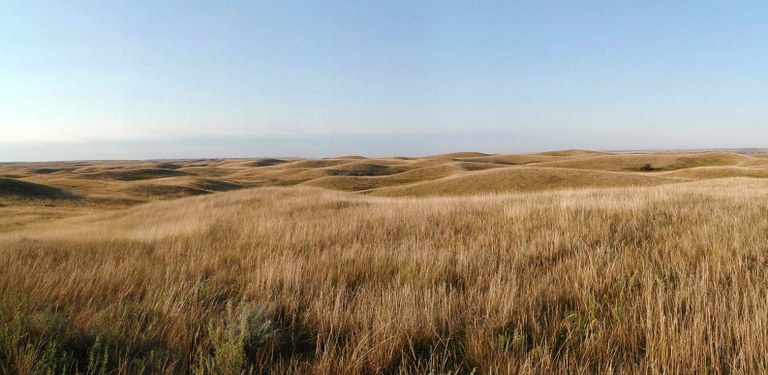
Data collected by Bob Patton at the NDSU Central Grasslands Research Extension Center (CGREC) between 1988 and 2014 also show an increase of Kentucky bluegrass and smooth bromegrass. Grazing intensity affected these two grasses and plant species richness. These data suggest that moderate to heavy grazing of pastures invaded by Kentucky bluegrass and smooth brome can provide an advantage for maintaining species diversity.
However, depending on how heavy the grazing, the overall production of heavily grazed pastures might be affected negatively. This stresses the importance of having clearly defined management objectives that weigh the pros and cons of potential management actions.
Despite accelerated expansion, the consequences of Kentucky bluegrass and/or smooth bromegrass on nonprovisioning ecosystem services remain largely unknown. A synthesis of available literature suggests that Kentucky bluegrass invasion may bring negative consequences to ecosystem services, including declines in native pollinators and loss of habitat for wildlife species.
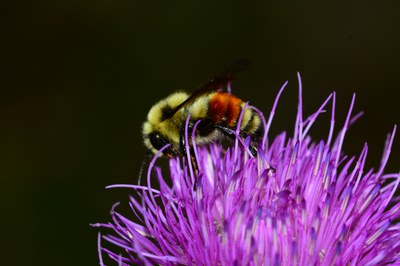 Although most pollinators do not use Kentucky bluegrass directly, the association between Kentucky bluegrass and loss of native plant diversity suggests Kentucky bluegrass may be indirectly affecting pollinators. Diversity of vegetation supports a variety of pollinators and provides a pollination service necessary for many plants species to reproduce and/or produce a crop.
Although most pollinators do not use Kentucky bluegrass directly, the association between Kentucky bluegrass and loss of native plant diversity suggests Kentucky bluegrass may be indirectly affecting pollinators. Diversity of vegetation supports a variety of pollinators and provides a pollination service necessary for many plants species to reproduce and/or produce a crop.
Research suggests that plant invasions and loss of native habitat can be detrimental to pollinator diversity. However, specifics about pollinator types lost because of Kentucky bluegrass and the impacts of these losses are not well understood.
In terms of wildlife habitat, one of the most important factors associated with population changes of grassland obligate species (those that require at least some grassland habitat for survival) is loss of native habitat. Loss in vegetative composition and structure favors generalist species that can tolerate a more homogeneous habitat. Despite being grasses that can be of some value, little information exists on the effects of bluegrass and bromegrass on vegetation composition and structure for wildlife.
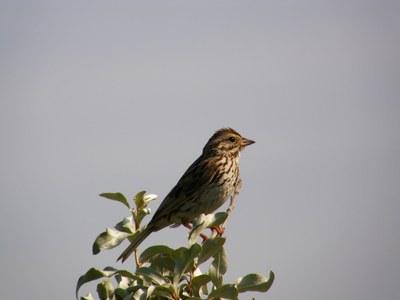 Research being performed at the CGREC aims to address some of our knowledge deficiencies regarding impacts of the invasion of bluegrass and smooth brome on pollinators and wildlife species. Additionally, this new research aims to address ways to manage this invasion using natural disturbances such as fire and grazing combined with novel management approaches such as patch burn grazing.
Research being performed at the CGREC aims to address some of our knowledge deficiencies regarding impacts of the invasion of bluegrass and smooth brome on pollinators and wildlife species. Additionally, this new research aims to address ways to manage this invasion using natural disturbances such as fire and grazing combined with novel management approaches such as patch burn grazing.
In terms of expanding our possibilities to adapt to change and apply precautionary measures while this new research bears results, maintaining a broad suite of native forage species that are adapted to site-specific conditions likely will yield the greatest long-term benefits to livestock production and the sustainability of the rangelands ecosystems.
Photos by Rick Bohn, CGREC
A Walk Through the Pasture
Kevin Sedivec, Interim Director, Central Grasslands Research Extension Center
The winter of 2017-2018 has been remarkably different than last year’s winter.
The center has received almost 16 inches of snow this year, compared with 60 inches of snow that came with three blizzards and one snow storm in 2016-2017. This winter also has been much colder so far, but the cows seem to be doing well, and the deer are much less congregated.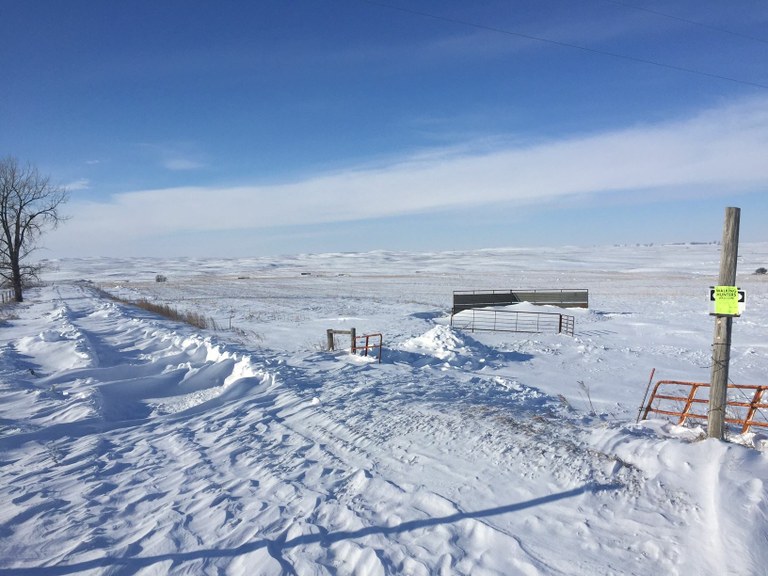
The center and Main Station scientists are writing about the findings from the research and Extension projects conducted in 2017 for the center’s annual report, which is expected to be completed by early March.
An interesting finding was cattle performance on the patch-burn trials, compared with the season-long grazing treatment. Calves on the season-long pastures had an average daily gain of 2.52 pounds per day, compared with 2.74 pounds per day on the spring and summer patch-burn pastures.
We saw an even greater contrast on the cow performance, with cows losing an average of 0.51 pound per day on the season-long pastures, compared with gaining an average of 0.88 pound per day on the spring and summer patch-burn pastures. Although this is only one year of data, it is intriguing, to say the least.
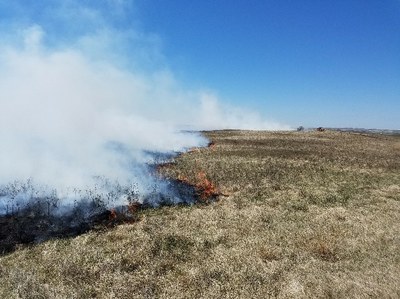
The field season of 2018 will bring some new research trials related to grazing management and forage production systems. We will start a planned grazing management strategy (used to be called “grazing system”) to incorporate a modified rest-rotation grazing system to compare with the patch-burn studies and season-long grazing treatments.
The strategy will be a four-pasture, twice-over rotation grazing system with one pasture grazed at 70 to 75 percent disappearance, one at 40 to 60 percent disappearance, one at 20 to 25 percent disappearance and one rested for 12 months. The study question is: Can we create a severe enough disturbance to reduce Kentucky bluegrass thatch while enhancing plant diversity and build in sufficient recovery (within a year and across years) to enhance the native plant community?
The second question will address livestock performance and production per acre, and a third question will address the effects on the pollinator and wildlife plant community.
Scott Alm, Central Grasslands Research Extension Center forage specialist, will start a forage production relay haying study designed to compare single-species perennial hay crops with dual- and triple-species hay crops. We will compare a two-cutting system using: 1) monocultures of alfalfa, meadow brome and big bluestem, 2) dual species of alfalfa and meadow brome, and alfalfa and big bluestem and 3) triple species of alfalfa, meadow brome and big bluestem.
The study is designed to take advantage of the different growth phenologies of these plant species. The research question is: Can we increase hay production using dual and triple species, compared with single species?
2018 should be another busy and fun research and Extension season. Progress reports on all current projects will be in the 2017 annual report, which will be available soon.
Passing of Legends
The Central Grasslands Research Extension Center relies heavily on the guidance and advice from our advisory board. On July 19, 2017, William “Bill” Well passed away at the age of 85. John “Jack” Dahl passed away on Jan. 28, 2018, at the age of 88. These men were instrumental in the early years of this center, serving on the advisory board that helped former Director Paul Nyren develop the early research projects and future direction of the research program.
Well started his career working with youth, teaching vocational agriculture at Medina High School from 1956-1967, and ended his career sharing his passion for education as a substitute teacher at Medina High School as recently as 2016. In the middle of his working career, Well was an agricultural loan officer for the Bank of Steele from 1974 to1995, retiring as senior vice president and director of the bank.
Dahl owned and operated Dahl Land and Cattle Co. with his wife, Dottie, and their three sons near Gackle, N.D. Dahl was a world-renowned cattleman, known for raising outstanding cattle. He also was influential among North Dakota cattle producers, serving as president of the North Dakota Stockmen’s Association, National Livestock and Meat Board, and National Cattlemen’s Association.
I was pleased to meet and work with both of these gentlemen during my early years in Extension. I always learned more from Well and Dahl than they gained from me. Well and Dahl served in the U.S. Army, and both were graduates of North Dakota State University.
In Closing
Spring is approaching slowly. Here’s to warmer weather, spring rains and green grass.
If you ever have any advice or just want to visit about the research and Extension programs conducted at the Central Grasslands Research Extension Center, drop me an email (kevin.sedivec@ndsu.edu) or give me a call (701-799-4689).
Until our next walk through the pasture, enjoy the splendors that spring brings to the Dakotas. Take time to listen and watch the spring migration of the birds. Here’s to a successful and productive calving (lambing, foaling) season. Take time to enjoy your family and take a walk (or ride a horse) through North Dakota’s beautiful prairies.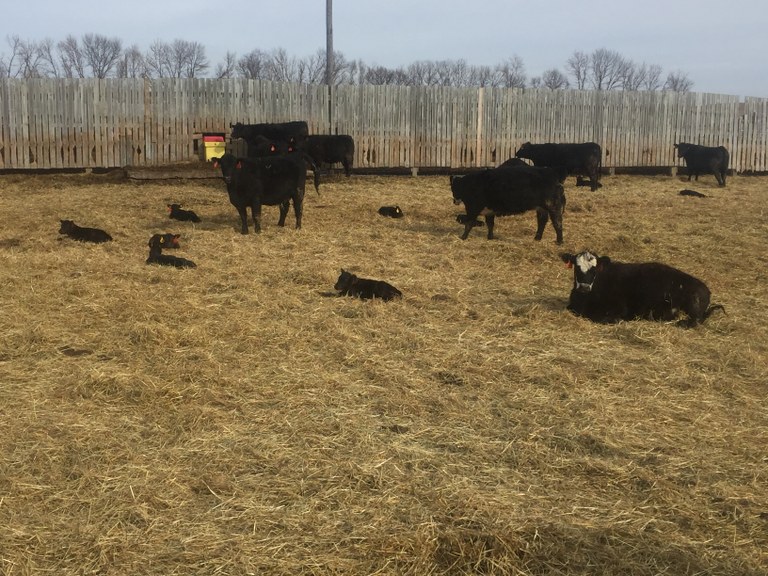
Photos by Kevin Sedivec and Megan Dornbusch
County Corner: Let’s Keep Palmer Amaranth Out of North Dakota
Alicia Harstad, Extension Agent, Agriculture and Natural Resources, NDSU Extension Service, Stutsman County
This past August, I had the opportunity to attend a bus tour to Nebraska sponsored by the North Dakota Soybean Council to learn how Nebraska is managing resistant weeds.
Nebraska has one weed that North Dakota does not have yet - Palmer amaranth (Amaranthus palmeri). It is a weed we definitely do not want in North Dakota. Here are some of the characteristics of Palmer amaranth that make it one the most difficult weeds to control:
- Biotypes of this weed are resistant to one or more of the following herbicide groups: ALS (2), glyphosate (9), PPO inhibitors (14) and HPPD inhibitor (27). Very few herbicide options are available for controlling it. One agronomist in Nebraska said, “I cannot kill Palmer amaranth with a herbicide.”
- It has one of the fastest weed growth rates. It has been reported to grow more than 2 inches per day. That means by the time you notice Palmer amaranth weeds in your field and take the time to get the field sprayed, the weeds already may be too large to be controlled with a herbicide.
- It has a long emergence pattern that lasts throughout the growing season. This means season-long weed control is a must.
- It can exploit even slight canopy openings.
- It produces 1 million to 1.8 million seeds per plant. Let’s put that in prospective: Kochia, which we think of as a prolific seed producer, can produce up to 30,000 seeds per plant.
- Plants can grow up to 6 to 8 feet tall, with a stem girth of 5 to 6 inches.
- Palmer amaranth has male and female plants that cross-pollinate. This increases the genetic diversity of the weed and its ability to develop resistance quicker.
- Pulled plants can re-root and produce seed. All hand-pulled weeds must be removed from the field and destroyed to reduce weed seed production.
- Palmer amaranth has been reported to cause 78 percent yield loss in soybeans and 91 percent yield loss in corn.
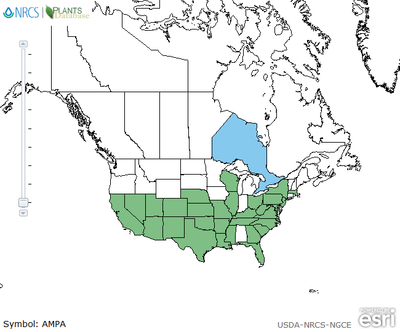 Where do we think Palmer amaranth will come from? Anything that can move seed could be a potential source. A few examples might be custom combines, used equipment, water movement, birds, contaminated seed, hay or other livestock feed and manure.
Where do we think Palmer amaranth will come from? Anything that can move seed could be a potential source. A few examples might be custom combines, used equipment, water movement, birds, contaminated seed, hay or other livestock feed and manure.
In Nebraska, Palmer amaranth even was growing in pastures because cattle carried seed from the Palmer amaranth-affected fields with cover crops to the pastures. I don’t think the question is if Palmer amaranth will end up in North Dakota, but rather when.
Early identification of Palmer amaranth is important to make sure we catch it before it gets a chance to spread. Palmer amaranth is a pigweed and looks similar to redroot pigweed and waterhemp.
Redroot pigweed has hairs on the stem, whereas waterhemp and Palmer amaranth do not. Palmer amaranth has very long petioles that are longer than the leaf, whereas waterhemp petioles are shorter than the leaf. Finally, Palmer amaranth has bracts on the female seed heads, whereas waterhemp and redroot pigweed do not. More identification information can be found at www.ag.ndsu.edu/weeds.
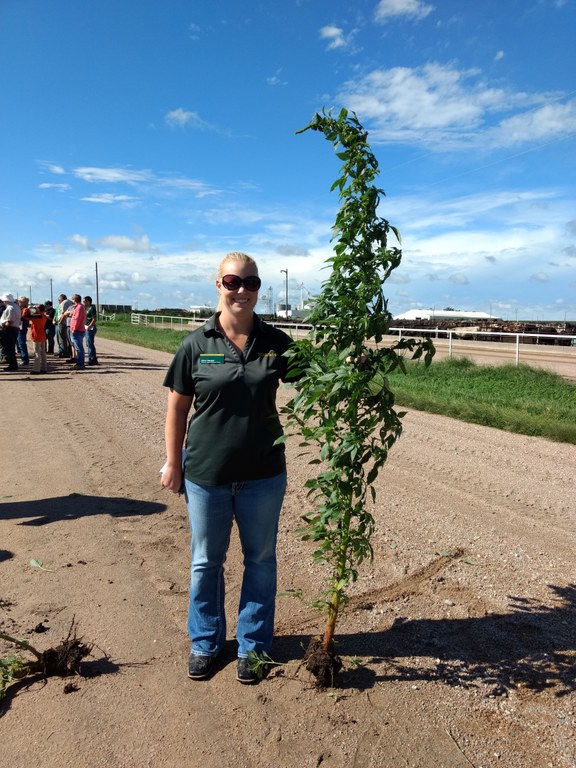
Alicia Harstad by a Palmer amaranth plant in Nebraska
More information can be found at www.ag.ndsu.edu/stutsmancountyextension. For questions, contact me at Extension’s Stutsman County office at 701-252-9030 or by email at alicia.harstad@ndsu.edu.
Central Grasslands Forum Winter/Spring 2018



